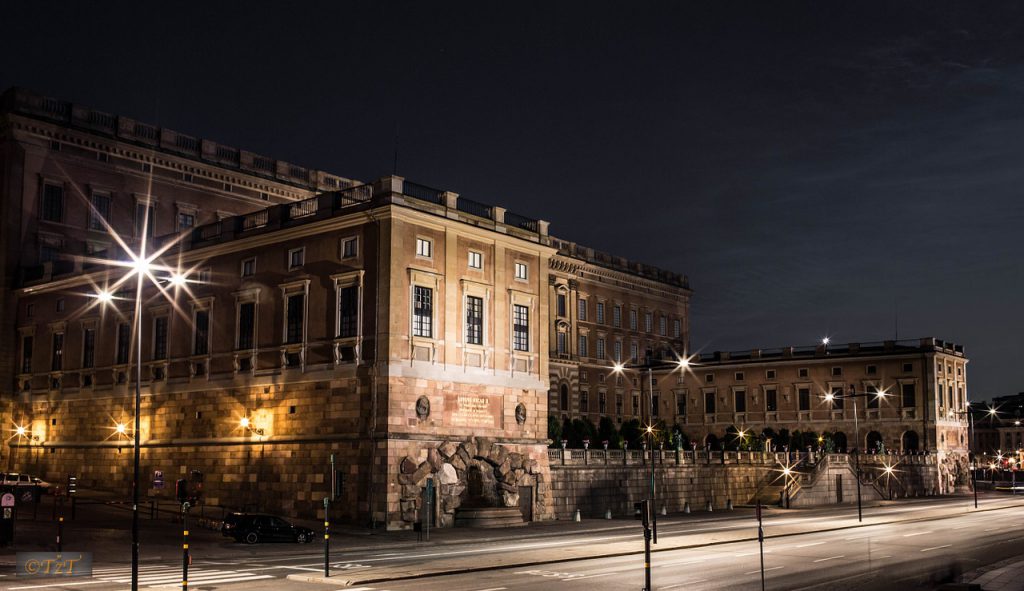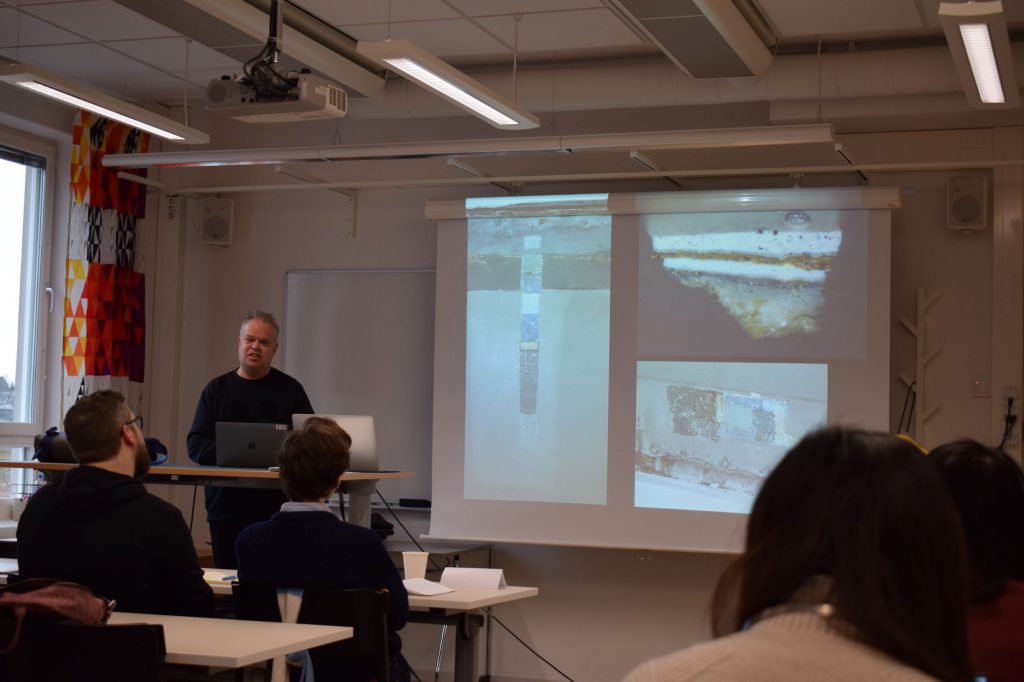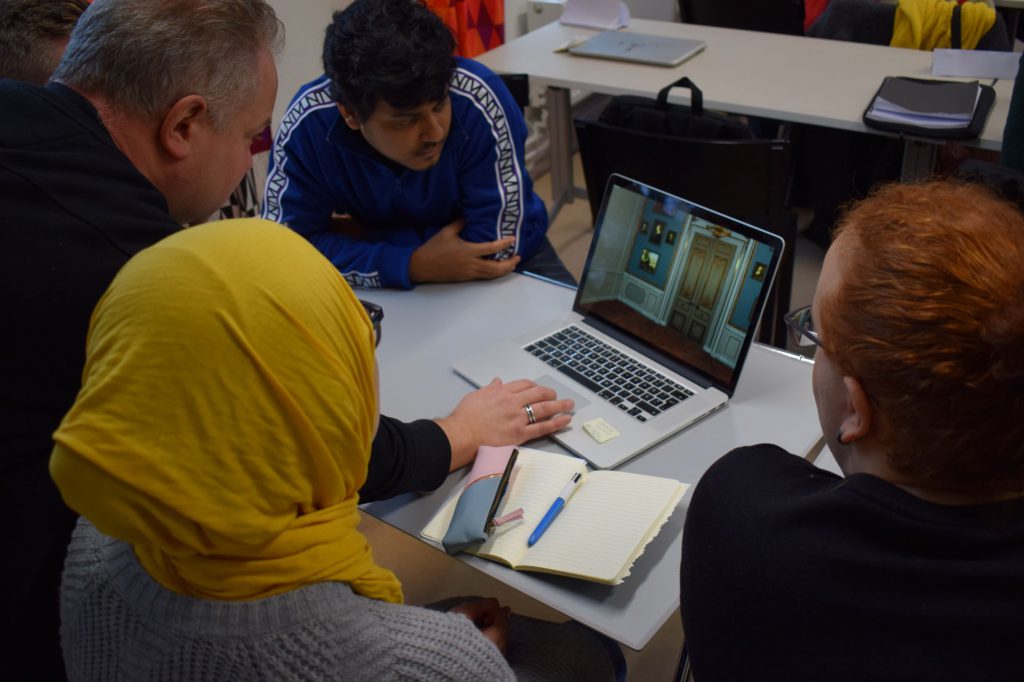This week the students visited the Swedish Royal Palace in Stockholm, as a part of the course Visual Analysis: Materiality and Digital Humanities. Together with Associate professor at the Department of History of Art Johan Eriksson, they went on a guided tour of the museum part of the Palace.
During the visit, the students were asked to imagine creating their own virtual reconstruction based on some part of the palace. How would they do it and would challenges would they face? How would they approach these challenges?

After the Study visit the students participated in a seminar by Johan, where he introduced his research project called The Virtual Museum.
Besides getting an introduction to Johans research project, the purpose of the seminar was to delve into the difference between digitized materials and non digitized materials and how their status as digitized or non digitized impact the knowledge production within art historical research.

The students were also able to try out a version of the virtual tour of the Royal Palace with Johan Eriksson and Anna Orghen, course coordinator for the course.
Some questions they were asked to consider in regards to the 3D-model was: What are the advantages of 3D-reconstruction in comparison to analog reconstruction? How can this model be developed further and what kind of interface would work best?

You can more about the goals and purpose of the course on this previous blog post.
